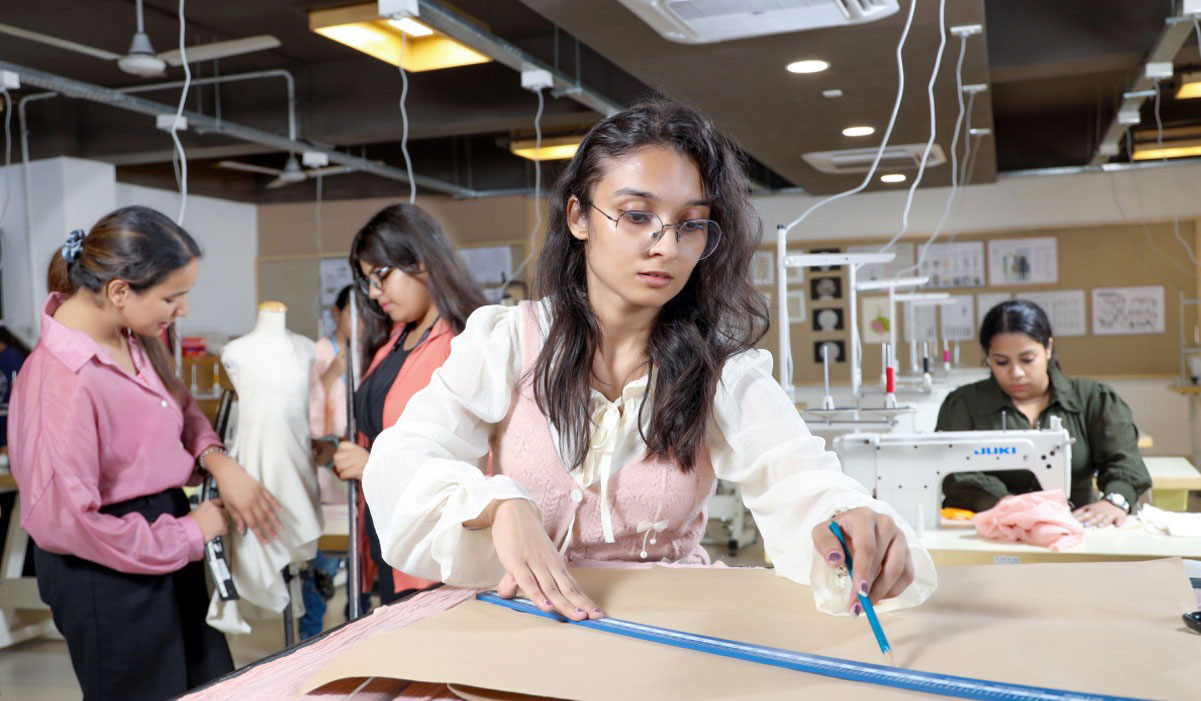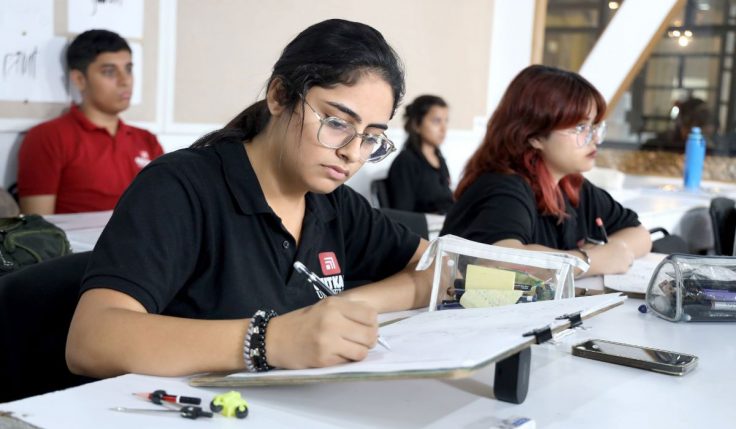Fashion is an excellent way of self-expression but it has not always been inclusive or even diverse. In recent years, the fashion world has challenged societal norms and traditional stereotypes. The world of fashion is evolving to celebrate individuality and even embrace diversity.
The world of fashion has been celebrating diversity and also breaking beauty standards. Fashion is no longer confined to a limited definition of beauty or even body shapes. Even designers and brands are now championing inclusivity by featuring models of different ethnicities, genders, sizes, and abilities on the runways and in other campaigns.
The changes celebrating diversity and breaking beauty standards in fashion allow more people to see themselves and send a powerful message that fashion knows no boundaries. Let’s see more about how the world of fashion celebrates inclusivity.
Let’s see how the world of fashion celebrates inclusivity and diversity.
Fashion Representation: Inclusivity and diversity showcase the importance of representation. Fashion is a powerful medium that enables individuals to express themselves and tell their unique stories.
The fashion industry has been showing different kinds of models, designers, and cultural influences to empower marginalized communities and preconceived notions of beauty and style. When people from underserved groups see themselves in the mainstream fashion industry, it fills them with a sense of pride, and belongingness.
The diverse representation in the fashion industry is breaking many barriers, inspiring more confidence, and also prompting positive self-image. Inclusivity and diversity enable fashion to become a platform for social change, wide acceptance, and understanding of diverse communities.
Breaking Beauty Standards: The fashion industry has promoted narrow beauty standards while favoring a limited range of body types and appearances. The industry is now embracing inclusivity and diversity while challenging unrealistic ideals and promoting body positivity.
The industry of fashion features models of different sizes, shapes, and abilities to redefine beauty standards and promote a more inclusive portrayal of different bodies. The shift towards inclusivity does not just benefit people who have been traditionally marginalized but also has a positive impact on society as a whole.
The fashion industry encourages body acceptance, reduces the prevalence of body image problems, and promotes a healthy relationship with one’s body. The industry celebrates diversity and promotes self-love, self-acceptance, and an inclusive definition of beauty.
Also Read: Fashion Psychology: Understanding the Impact of Clothing on Mental Well-Being
Transcending Borders: Fashion is a worldwide language that also transcends geographical borders and cultures. It embraces inclusivity and diversity while allowing the industry to reflect the diverse cultural influences, traditional designs, and craftsmanship from different regions. Fashion has become a celebration of cultural heritage and a means of creating cross-cultural understanding.
In addition, fashion also embraces diversity and opens doors to new creative possibilities by bringing together designers from diverse backgrounds. The fashion industry can now tap many new ideas, perspectives, and aesthetics. It is fostering a vibrant and dynamic landscape that pushes boundaries continuously.
Cultural Appropriation and Respect: In the world of fashion where creativity knows no limitations there exists a balance between inspiration and appropriation. Cultural appropriation used to involve borrowing elements from a culture without understanding and respecting its historical and social context. However, the scenario today is different.
At present, fashion designers draw inspiration from different cultures, and also approach it with cultural sensitivity. Designers embrace it in a way that fosters respect and understanding. Fashion designers are now breaking free from the limitations of appropriation by engaging in collaborative efforts with representatives of cultures they draw inspiration from.
Inclusive partnerships also ensure that the narrative remains authentic and the source community is involved in the creative process. Designers are now embracing multiculturalism by showcasing a genuine appreciation for different traditions and styles ensuring that the runway reflects the rich tapestry of global society.
Breaking Gender Barriers: There was a time when the fashion industry adhered strictly to gender norms. However, designers are now dismantling these boundaries by creating collections that celebrate the spectrum of identity.
The gender-fluid designs enable individuals to express themselves authentically. From silhouettes to inclusive sizing, the focus is on versatility ensuring that fashion speaks a universal language. True inclusivity goes beyond the runway to encompass social classes and sustainable and ethical practices are at the forefront of this movement.
Designers are now embracing inclusivity by setting new standards that break gender barriers alongwith making fashion accessible to a broader audience. By acknowledging diverse identities and social backgrounds, the fashion industry is now becoming a catalyst for positive social change.
Meeting Customer Demands: The incorporation of inclusivity and diversity in the fashion world are not merely important but they also ensure a good business sense. The fashion industry is driven by consumers and they represent demand and inclusivity from brands.
Serving diverse consumer needs and preferences, fashion brands can build stronger connections with the target audience and also foster brand loyalty. It also embraces inclusivity and diversity while opening up new market segments and untapped customer bases.
When you recognize the purchasing power of marginalized communities, most brands can tap into previously underserved markets and drive economic growth. The incorporation of diversity in fashion campaigns allows brands to connect with a wide range of customers leading to improved sales and profits.
Encouraging Innovation: The fashion industry also encourages innovation and diversity while fostering an environment of improved collaboration. Designers are encouraged to expose themselves to a variety of perspectives so that their creativity can be fuelled and they can think outside the box.
The world of fashion embraces diverse influences and it can break free from stagnant trends while creating new styles that resonate with a wide audience. Moreover, inclusivity also encourages the exchanging of new and interesting ideas.
When designers, models, and fashion industry professionals from many backgrounds come together, it creates a creative synergy that further leads to the creation of new concepts and designs. The collaborative environment drives innovation and also takes the industry forward.
Summing Up:
The world of fashion is breaking fashion stereotypes and this is not just about clothes but also about challenging societal norms, celebrating individuality, and embracing diversity. Students pursuing study programs such as a 4-Year Bachelor of Design in Fashion Design are also being taught to become a force for positive change, promote inclusivity, and empower themselves.
If you are interested in making a successful career in the field of fashion then pursuing a course such as 4-Year Bachelor of Design in Fashion Design from an institution such as Chitkara will allow you to learn to celebrate diversity, push more boundaries, and stay stylish forever.






